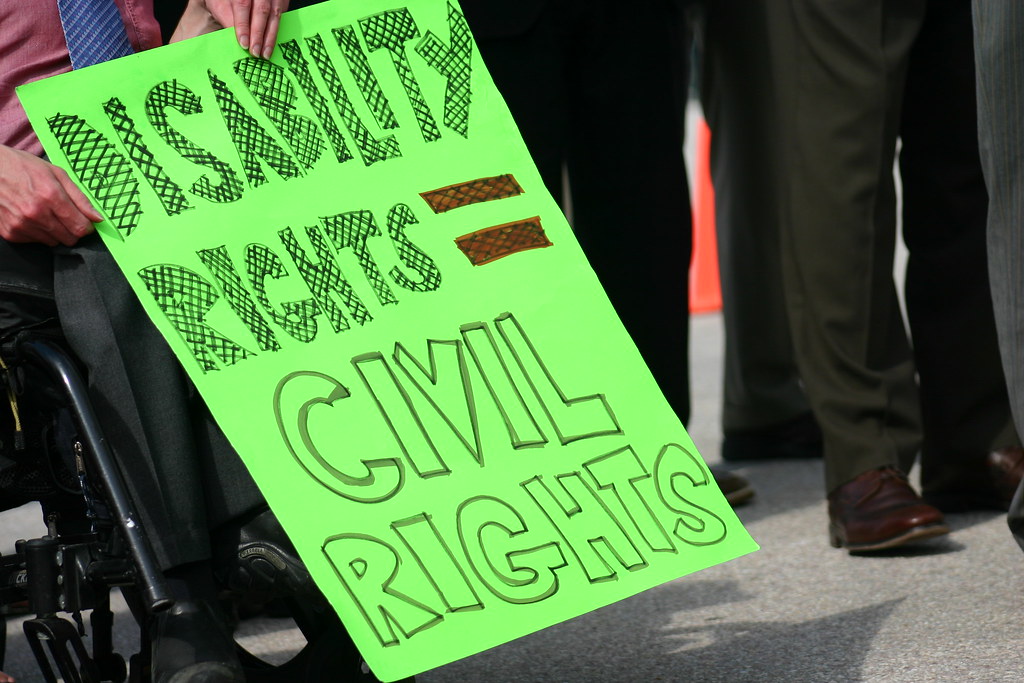Aggregated News

Image by The Leadership Conference on Civil and Human Rights from Flickr
As a toddler, Veronica Ayala loved Fridays. At 5 o’clock sharp, her mom whisked her away from the grim Moody State School for Cerebral Palsied Children for a 48-hour reprieve. Ayala’s house was mere minutes away, but the doctors insisted that she had to live at the Galveston, Texas institution during the week so she could learn how to walk.
“It was supposed to be for six months. Then it was a year, and then it went into 18 months. I basically had achieved the goals I was there to achieve. They tried to keep me longer” but her mom removed her from Moody’s, said Ayala, who stayed there in the early 1970s and is now a disability rights advocate. “I didn’t even realize how traumatic it all was until years later when someone asked me about it, I just broke down in tears. I was a child, you know? I didn’t understand.”
Prolonged, involuntary stays in institutions used to be the norm for people with disabilities...



